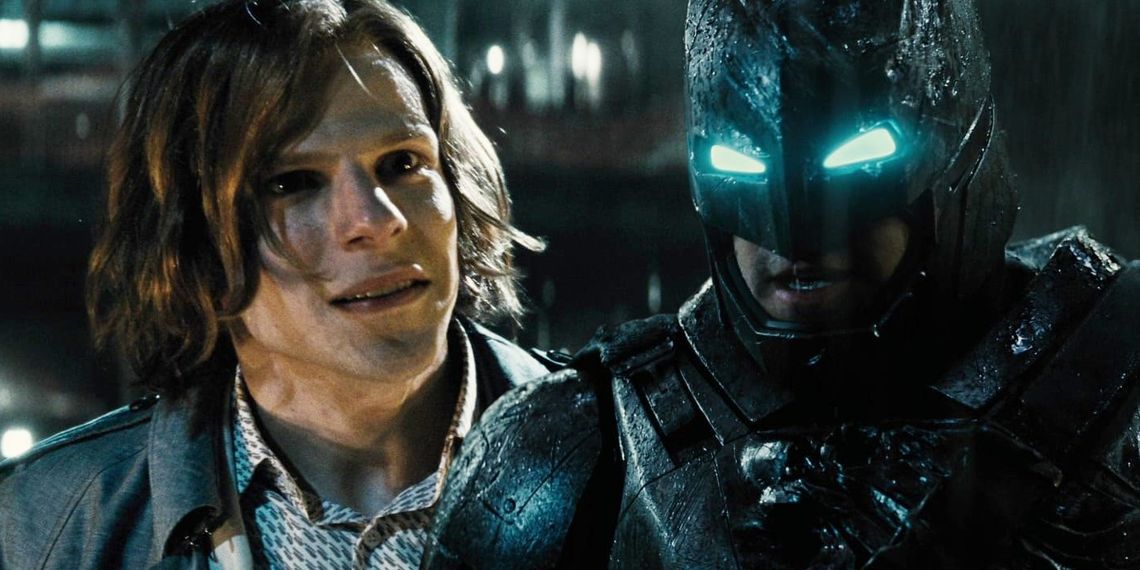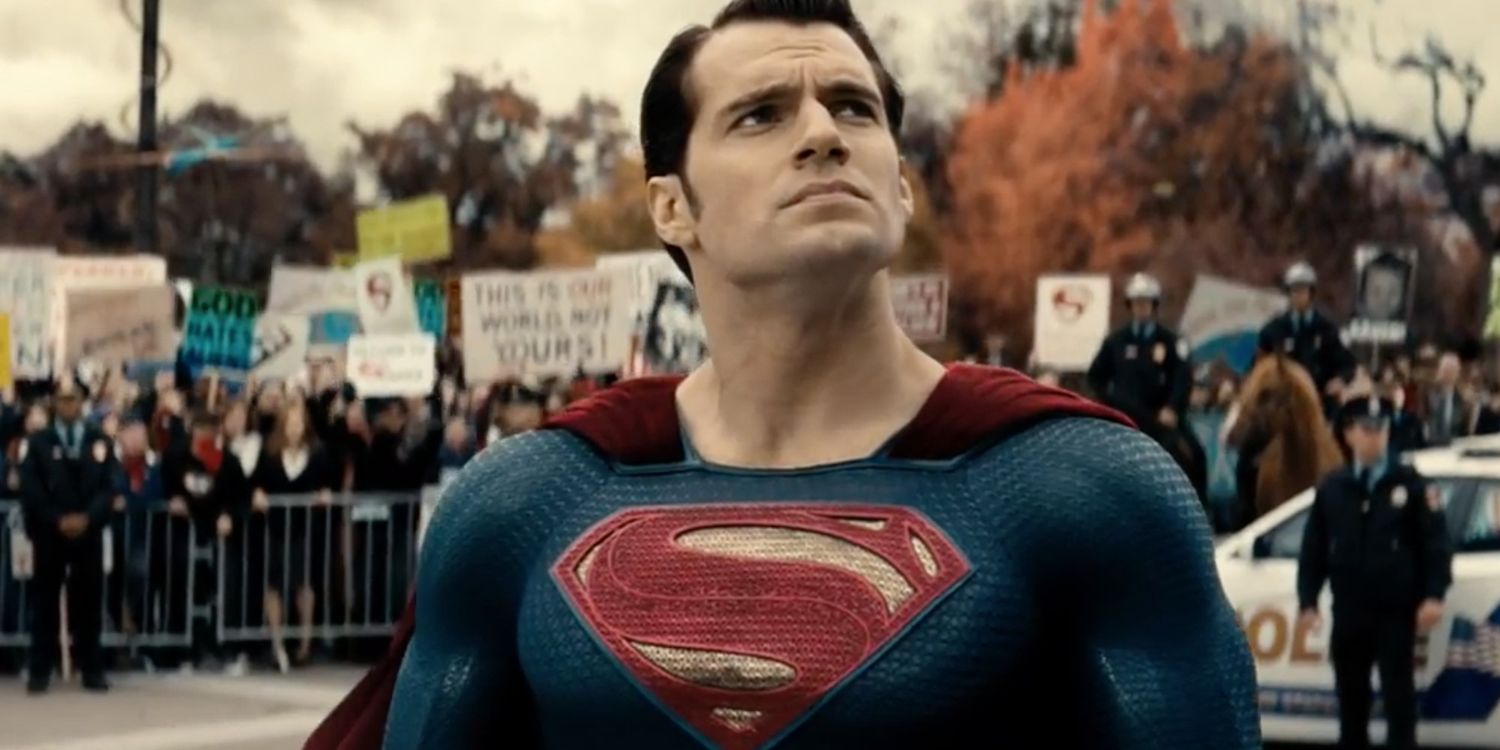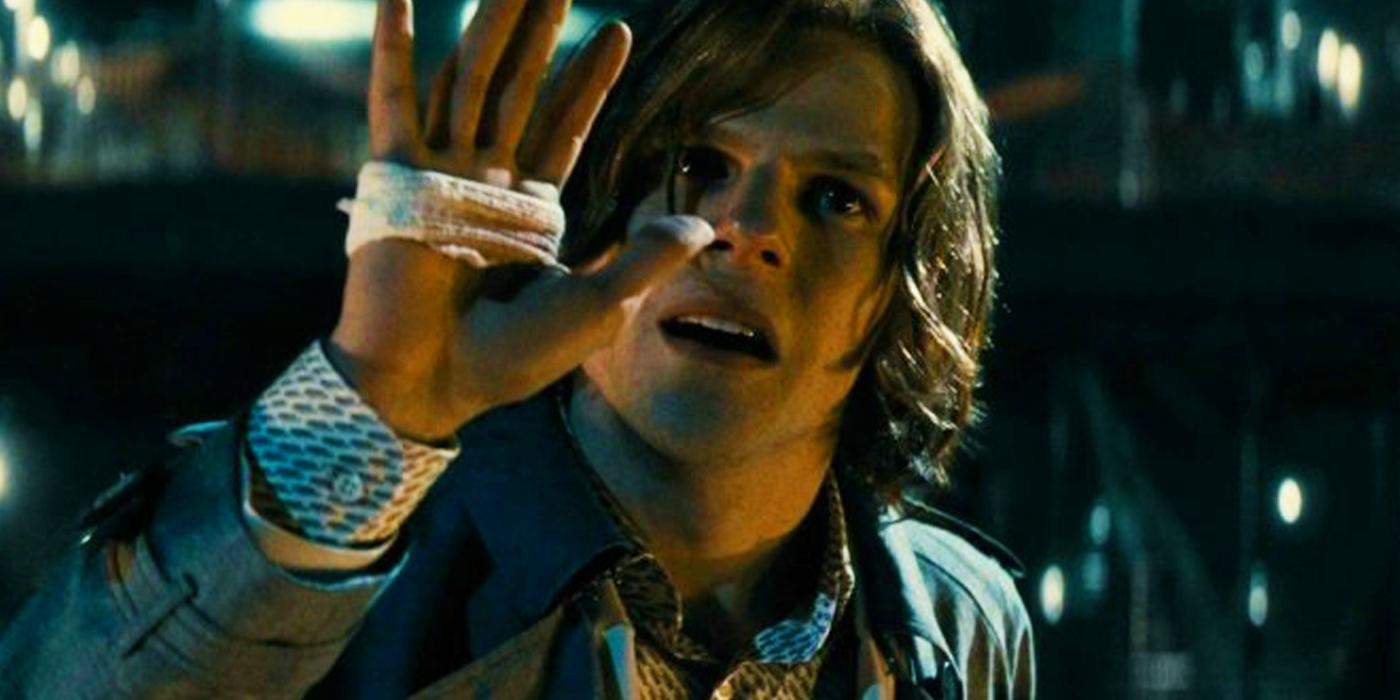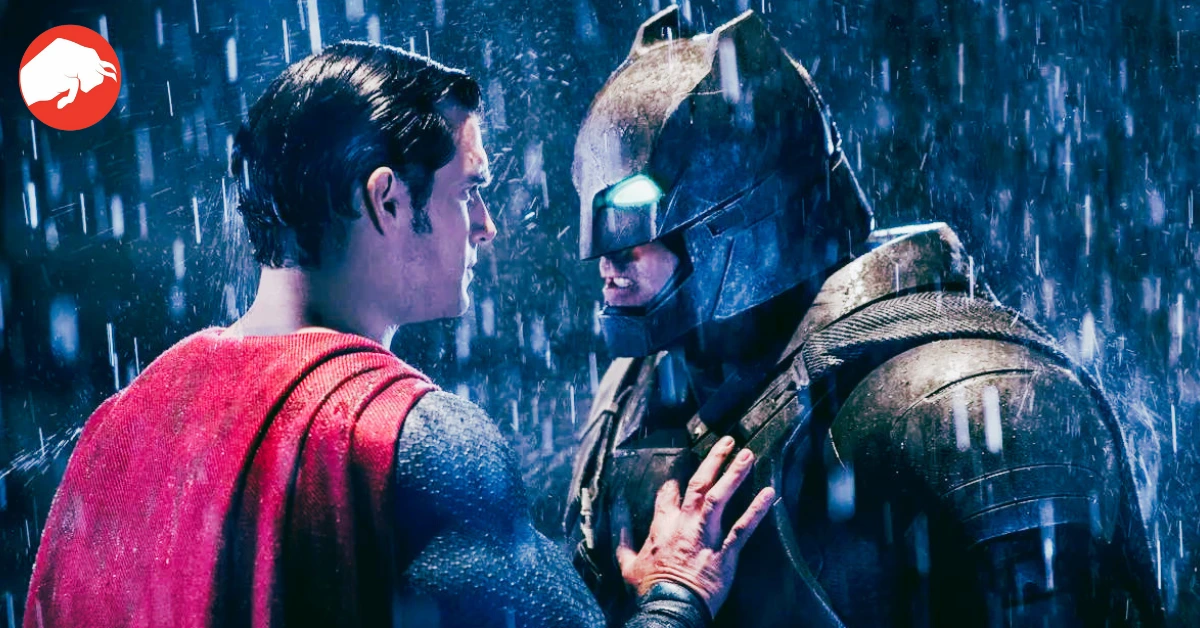The Fateful Decision that Marked the DCEU’s Struggle
The DC cinematic universe has witnessed its fair share of successes and missteps. Beginning its journey with Zack Snyder’s ‘Man of Steel’ in 2013, the anticipation was palpable. DC Studios was gearing up to rival its counterpart, with icons like Henry Cavill’s Superman stepping into the limelight. But then came 2016’s ‘Batman v Superman: Dawn of Justice’, a film that promised an epic showdown but instead left the audience divided.

When Two Titans Clashed, So Did the Expectations
With Ben Affleck donning the bat cape for the first time opposite Cavill, there was hope that the film would mark a new era for DC. However, the ensuing reactions were less than stellar, clouding the franchise’s future. The inconsistency between the theatrical version and the Ultimate Edition only added to the confusion. A recent revelation might just shed light on why this mismatch occurred.
“Speaking with Marvel’s The Punisher actor Jon Bernthal for his Real Ones podcast, David Ayer — the director of 2016’s Suicide Squad — made a major Batman v Superman: Dawn of Justice reveal.”

The Missed Step: Bypassing Test Screenings
David Ayer, known for his work on ‘Suicide Squad’, highlighted that ‘Batman v Superman: Dawn of Justice’ skipped a crucial step – test screenings. A common practice for blockbusters, test screenings offer filmmakers a glimpse into audience reactions before the official release.
“Then it’s like, ‘Okay, we’re going to turn David Ayer’s dark, soulful movie into a f—ing comedy now.’ On popular review aggregator website Rotten Tomatoes, Batman v Superman: Dawn of Justice has a measly 29 percent critics score…”
For a film of such magnitude to bypass this step was undeniably a gamble. And the effects of this gamble reverberated not just on its reception but also on the decisions surrounding subsequent movies in the DCEU.

The Impact of Missing Feedback
Film aficionados often vouch for the importance of test screenings. They help pinpoint glaring errors, refine character arcs, and sometimes even reshape the narrative to better resonate with audiences. The absence of this feedback loop for ‘Batman v Superman’ likely contributed to its disjointedness.
Had there been a test screening, some controversial choices, such as the “Martha” scene, could have been reevaluated or framed differently. It could have fine-tuned the balance between beloved characters, focusing more on the depth of Affleck’s Batman and perhaps toning down the eccentricity of Eisenberg’s Lex Luthor.
“For instance, one of the film’s cut scenes showed Bruce Wayne popping pills to help him deal with the pain after years of serving as Batman…”
What Could Have Been
While speculating on what might have been is always tricky, one can’t help but wonder. DC’s ‘Ultimate Edition’ of the movie was received far more positively, suggesting there was potential in the existing material. Had the film undergone test screenings, this better version might have been the one that graced theaters worldwide.
As the curtain comes down on this era of the DCEU, this revelation serves as a reminder of the importance of audience feedback in shaping cinematic experiences. While the journey had its bumps, fans around the globe remain hopeful for what lies ahead in the DC universe.









